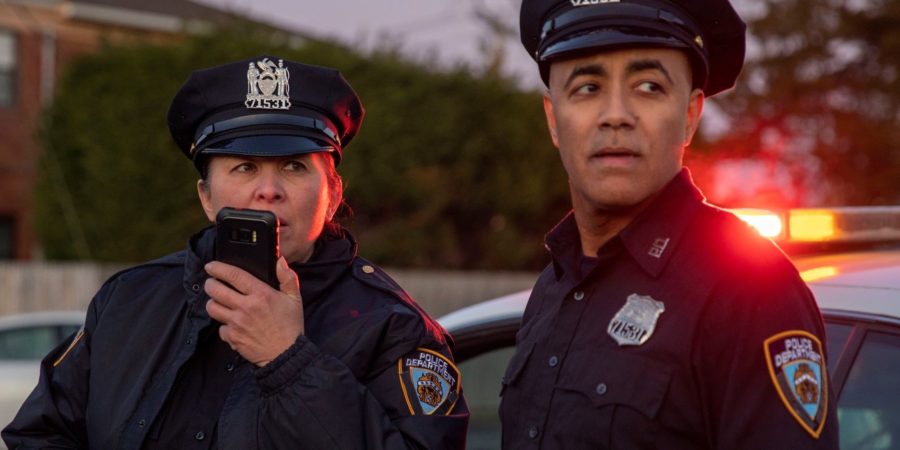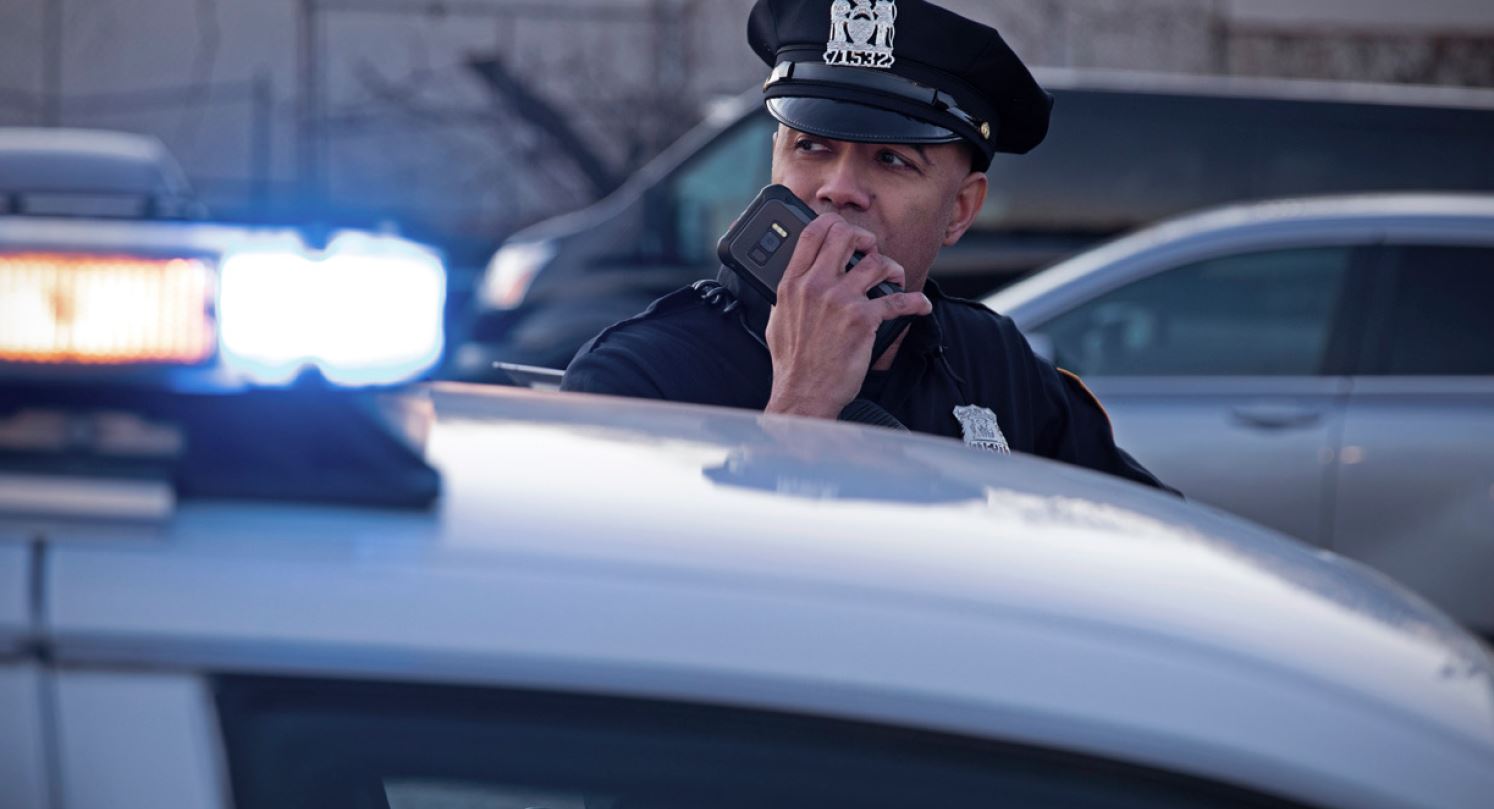As we enter a new decade, the interest in enhancing public safety communications through push-to-talk (PTT) capabilities over cellular has resulted in two major developments:
- FirstNet recently launched FirstNet Push-to-Talk, a service powered by 3GPP Mission-Critical technology that builds on its hardened 4G LTE network built to support public safety.
- Samsung is now offering a purpose-built ruggedized device, designed to deliver quick, convenient PTT capabilities with all the benefits of a smartphone. The Galaxy XCover FieldPro, one of the first devices available for FirstNet Push-to-Talk, has physical PTT and emergency buttons that can be used with gloves on and in extreme weather conditions.
Smartphones have a proven value in supporting officers in their daily work, offering unparalleled utility and information access. Given that smartphones are fundamentally communication devices, it didn’t take long for forward-thinking law enforcement practitioners to ask whether smartphones could augment — and perhaps eventually replace — the traditional land mobile radio (LMR) that have long been the cornerstone of first responder communications.
Your Guide to Mission Critical Push-to-Talk
Get a practical guide to implementing Mission Critical communications via mobile devices. Download Now
To some, this discussion is heresy. After all, the police radio has long been considered a mission-critical tool, and it is rare to see a patrol officer without a handheld radio on their belt. But, for others, a rugged smartphone combined with Mission-Critical Push-to-Talk (MCPTT) represents a logical evolution in law enforcement technology, promising to deliver the advantages of cellular data and reliable communications in one easy to use device.
Industry insight
Reg Jones, senior director and head of public sector sales at Samsung Electronics America, notes that public safety has recognized the potential for PTT on cellular and has high expectations for the next generation of solutions built on the new mission critical standards. “We regularly sit down with our customers and industry partners to ensure we understand the latest public safety needs,” he says. “Last year, we hosted customer advisory meetings around the country where a diverse mix of public safety practitioners gave us many use case specifics regarding MCPTT. These include extremely low latency, reliable coverage through redundancy, cost-effectiveness and ongoing innovation.”
Jones provides additional detail for each of these areas by contrasting cellular PTT with traditional LMR operations.
Reduced latency: “Communicating without system or software delays over PTT is essential to coordinated responses and improved safety. LMR users often experience a delay with radios operating on a repeater system,” Jones explains. “With MCPTT, there will be virtually no delay, so it’s a seamless user experience.”
Broader coverage: “Traditional radio systems rely on a set of towers that are designed and placed to cover a specific area,” Jones says. “When you get outside that area, you lose your ability to communicate. With MCPTT, you’re leveraging a robust, nationwide LTE network that is designed with overlapping coverage and without regard to jurisdictional boundaries. This means that an officer who is in an area not covered by their department radio, for example, responding to support an incident in a neighboring jurisdiction, will still be covered due to the growing ubiquity of cell coverage.”
Lower cost: Budget concerns are almost universal, and Jones notes that the MCPTT-capable smartphones and services will cost a fraction of maintaining LMR infrastructure and equipment. “The economy of scale provided by cellular network infrastructure enables better, more capable network at a lower cost for first responder agencies.”
Innovation: Public safety leaders are also looking for faster innovation, says Jones. “They want to leverage the other forms of communication that their communities use in their daily lives. Photos, videos, geolocation awareness and even more advanced tools like active safety monitoring via biometric sensors. Smartphones provide access to all of the innovative public safety apps and cloud-based platforms that are emerging today.”
Reality check
While the concept of MCPTT on a smartphone has great potential, Jones readily acknowledges that no one should expect LMR to go away anytime soon.
“We believe that MCPTT over cellular provides a complementary capability to LMR,” he says. “It’s an opportunity to provide robust and redundant communication with the added multimedia and data benefits inherent to cellular that augments what public safety currently experiences with traditional radios.”
Jones adds there will be an ongoing evolution to mission-critical communications that add capabilities made possible by rich data sources. “Smartphones are already being used for multiple purposes and accessing multiple data sources,” Jones explains. “We will layer apps that work with low-latency MCPTT so public safety can use capabilities like computer-aided dispatch, eCitations and more, all while using PTT communications.”
According to Jones, user experiences and feedback will directly influence future PTT device development. “Samsung is committed to bringing forth smart devices that provide the best user experience, and a large part of the R&D process takes into account the myriad of applications and the demands those apps will place on the device.”
Get an in-depth guide to successful Mission Critical Push-to-Talk implementation, authored by the Public Safety Network. And read up on other law enforcement tech trends to watch in 2020.









